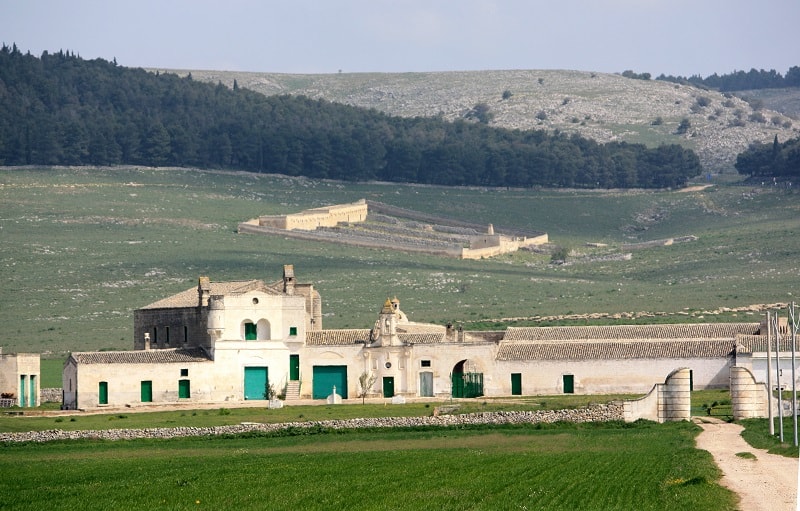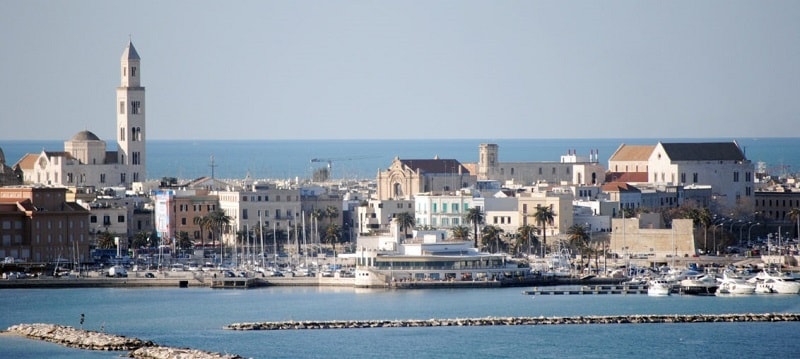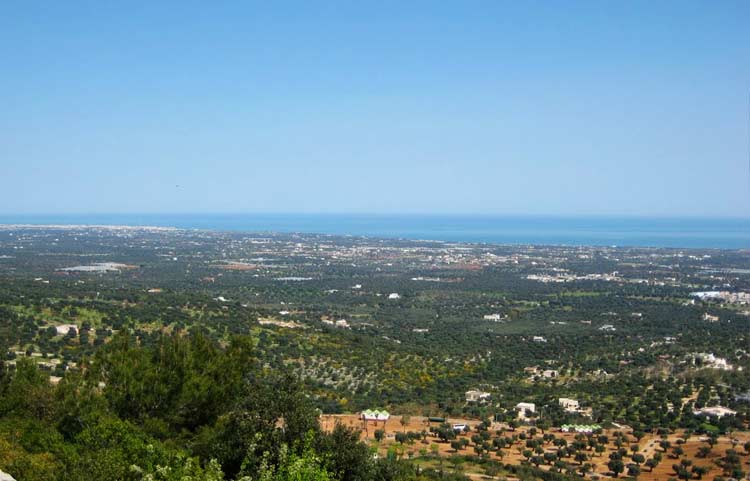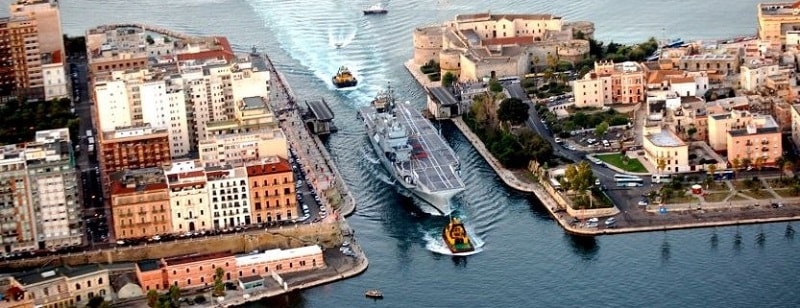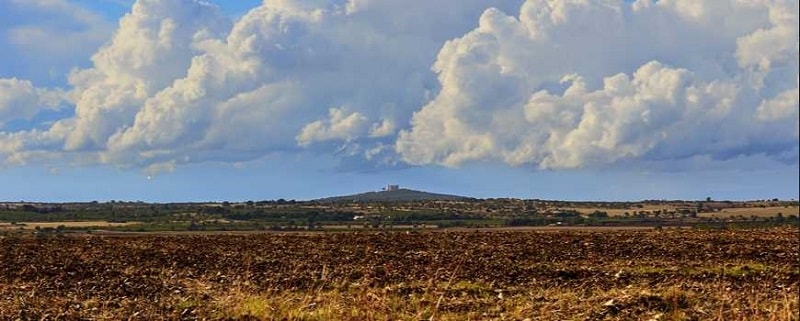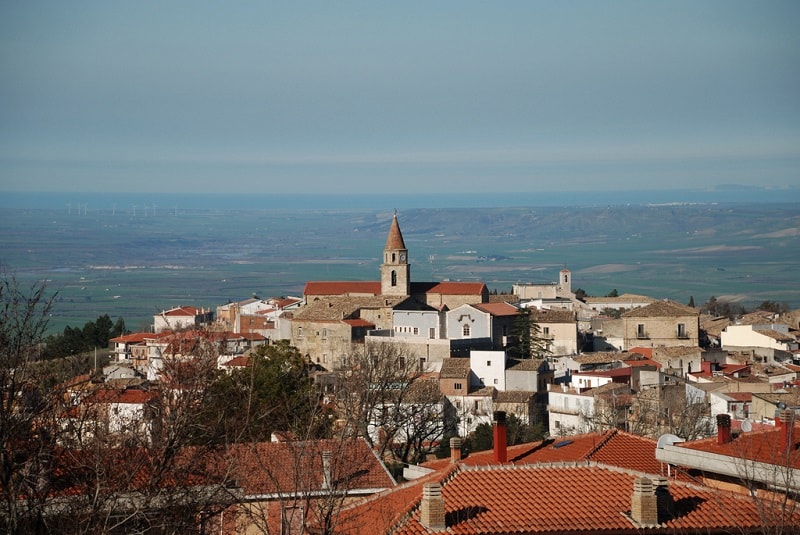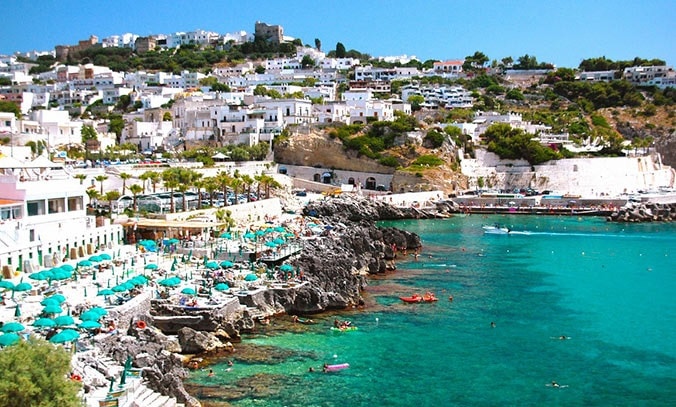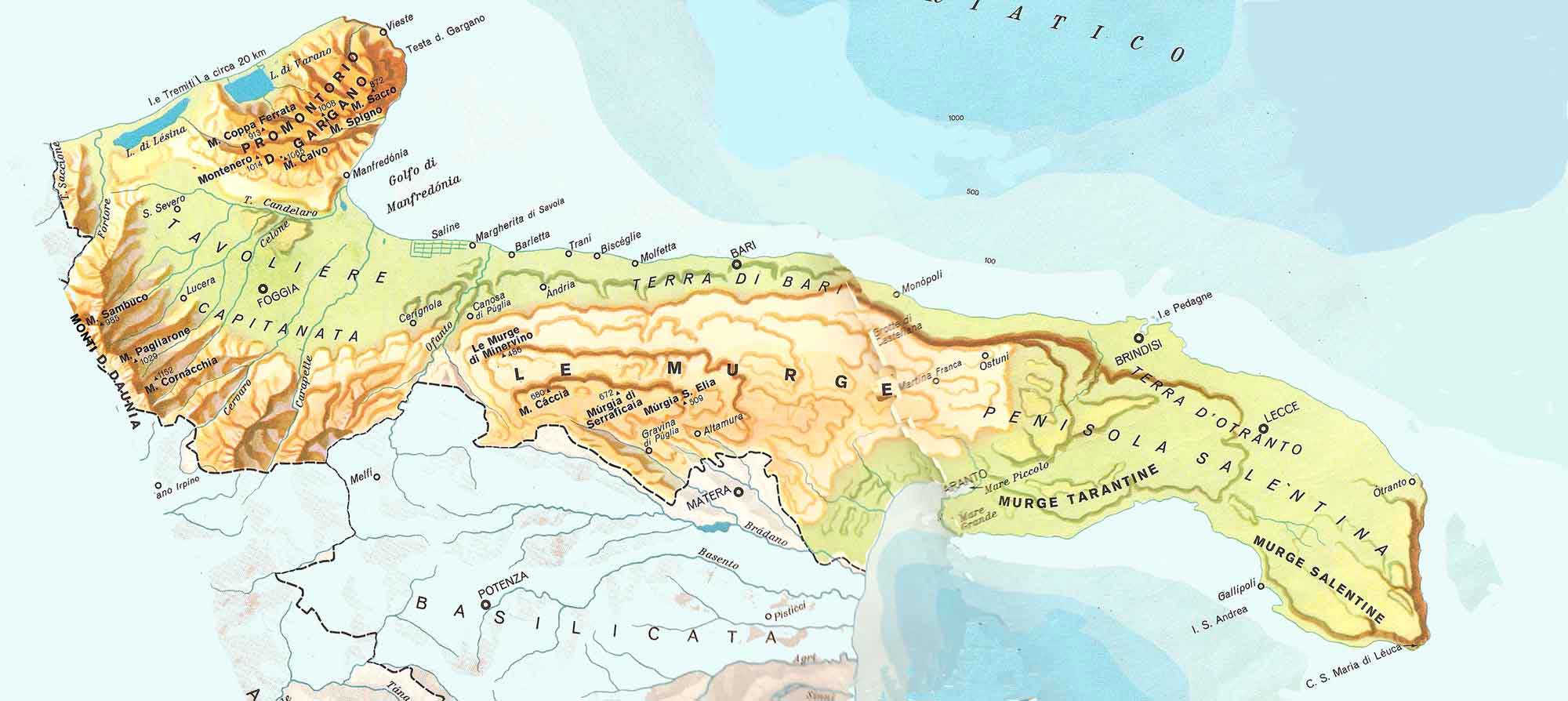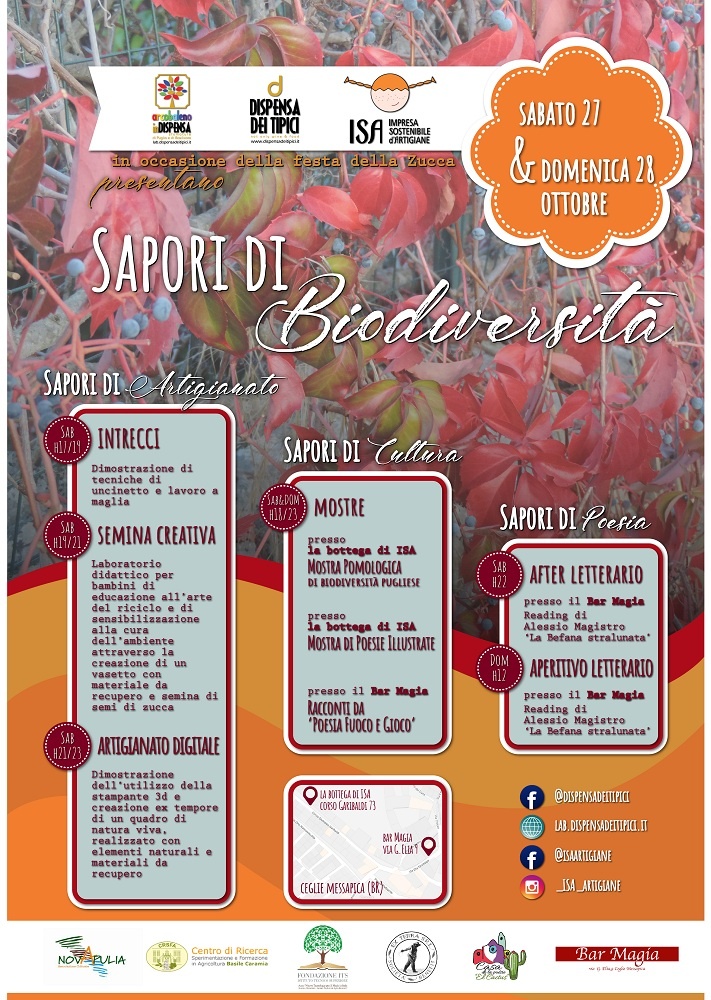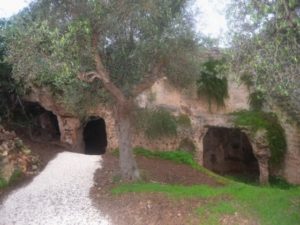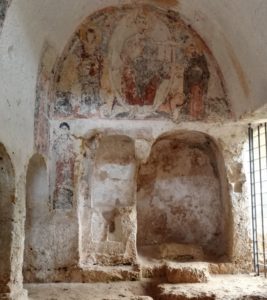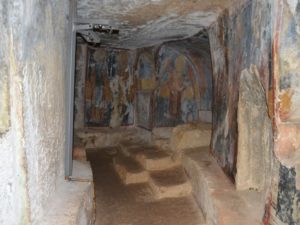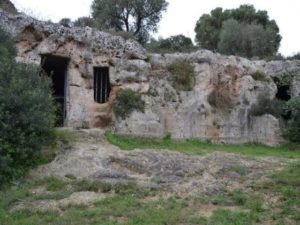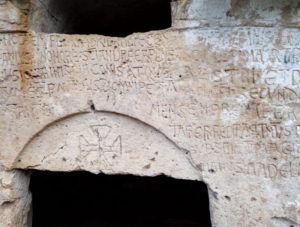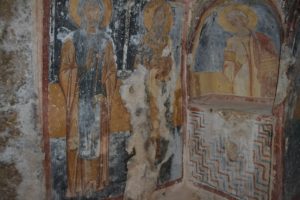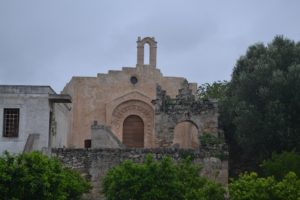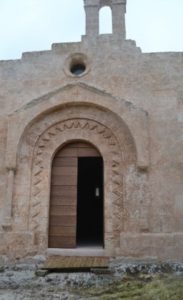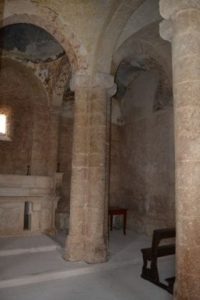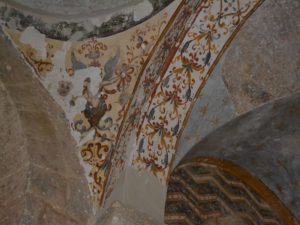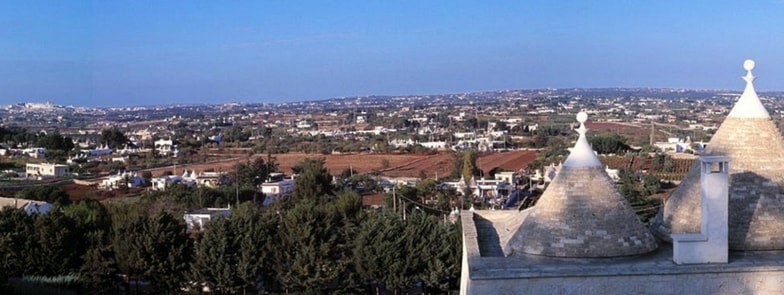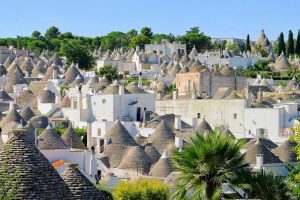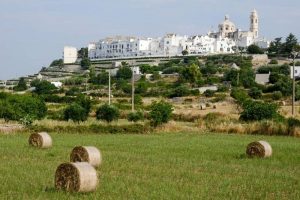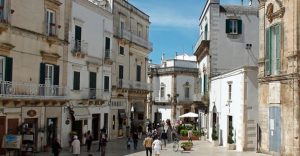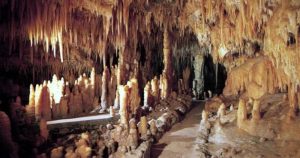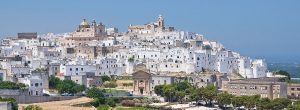PUGLIA, OR LE PUGLIE.
Across the Apulian territories among sea, countryside, historical cities and an important culinary tradition.
About 800 km of coastline distributed between the Ionian and Adriatic seas, give the traveler a colorful spectacle.
Because the color is the main character of Puglie, or better, of Puglia, with a thousand shades of blue and emerald sea green, yellow and white of the sandy beaches; gray coastlines that slope sometimes gently at times to peak in the deep waters.
For those who want to know and be surprised by the authenticity of the places, this region enjoys the wonders of the natural landscape that alternates between the spontaneity of the Mediterranean olive trees silver, the changing colors of the vineyards and gardens that alternate with deep red of the land.
Also charms with blinding white light of the fishing villages or Baroque buildings, it is to live the unique experience of places and hospitable people, conquer curious palate with intense flavors of simple ingredients that cause important dishes.
From north to south, Puglia is to discover!
Across apulian territories:
Murgia
The Murgia‘s Culture and Traditions. In addition to a lot of green and with some of the most beautiful landscapes of southern Italy, Murgia capture and it is to be appreciated for many activities, fot its scents and for the flavors of local gastronomy.
Bari’s land
The Bari area extends between the last step of Murgia and the coastline. It is a karst area, with altitudes almost constantly decreasing from 300-400 meters above sea level in the inner points to the sea.
Alberobello, Valle d’Itria and Costa Merlata
Alberobello, Valle d’Itria and the Costa Merlata welcome visitors with expanses of olive trees dotted with trulli … unparalleled, trees that dominate the red of the land and buildings that in the historic center of Alberobello became a UNESCO heritage created by the skilled hands of men and that make the scene around a succession of wonderful color effects, till the sea.
Ionian coast
The Ionian coast is characterized by wide beaches and a limpid water gently sloping into deepness. Karst hills just as an arch protects Taranto, known as the ‘city of two seas’, the capital of a region that got a strong tourist vocation and popular food and wine tradition.
Puglia Imperiale
Crossing the territory of Puglia Imperiale, from the plateau of the Murgia descend to the Adriatic coast between Barletta and Trani, with the feeling review the history of a land that is rich in evidence with a beautiful countryside that serves as a background to big farms, historical cities heart, cathedrals, castles .. with Castel del Monte that catches the eye throug all the way.
Gargano, Capitanata and Daunia
The territory extending from the Gargano to Daunia presents a variety of scenarios: sweet hills in Fortore river valley, Daunian Apennine area and Ofanto river valley, the plain of Tavoliere, the Gargano National Park area view on the untouched archipelago of the Tremiti Islands.
Salento
The sun, the sea, the wind … the Salento. It is the nature the first thing that strikes coming in this land stretch between two seas. The Salento has its heart in the province of Lecce and reaches the Adriatic to Brindisi and Taranto, on the Ionian sea.
Puglia, or Puglie
Puglie, or rather, Puglia has many qualities and if the lack of high mountains is compensated by the proximity to the Abruzzo and Basilicata, from Gargano to Salento there is really everything.
photo credits
(pixabay.com; pugliapress.org; mapio.net; truriders.it; lupuzzu.it; sedicotaranto.it; gazzettadaltacco.it; hoteltimone.it)

